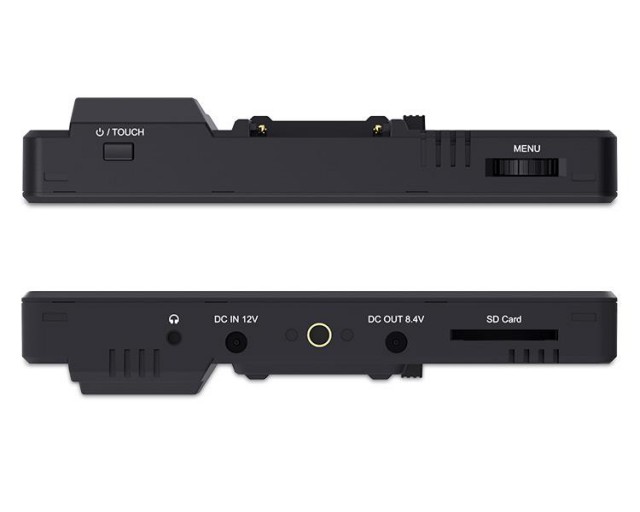
So with the FS7 now shipping and the first units landing in peoples hands I have put together a comprehensive guide to using S-Log3 and CineEI on the PXW-FS7. Please follow this link to read or download the guide to CineEI on the PXW-FS7.
The 709(800) LUT is different to the custom mode 709 gamma curve. The 709(800) LUT has a greatly expanded dynamic range (800%, about 12 stops) compared to 709 with no knee. The extra range is gained through the use of a highlight roll off curve not unlike a hypergamma highlight roll off. This roll off is squeezed into the 90 to 109 IRE range. SLOG2 to REC-709 LUT Example (More coming soon!)Free download Link: video is an example of the. A LUT (Look-Up-Table) is simply a table of fixed numerical values that can be applied to video to alter its look. It can change an image’s contrast or colour or both. 1D LUTs are the simplest, each input value mapping to a single output value, while 3D LUTs are more sophisticated and can apply to a co-ordinate set of colours. Using Picture Profile presets with S-Log. When shooting in S-Log, use Picture Profile presets PP7, PP8, or PP9. The PP7 preset combines S-Gamut and S-Log2, while PP8 is S-Gamut3.cine/S-Log3 and PP9 is S-Gamut3/S-Log3. Here, select PP7 (S-G.

It’s important to note that S-Log3 has a peak recording level of 92IRE so never goes above this. Don’t be surprised to find that your overall levels are going to be much lower than you would normally use for conventional 709 shooting. In addition I can’t stress enough how important it is to learn how to use LUT’s (look up tables) in camera and in post production with this camera. It will make your life so much simpler and easier. LUT’s may sound complicated and difficult, but they are not. If you want to create your own LUT’s take a look at this guide here.



Sony Slog3 To Rec 709 Luther Vandross
The FS7 is an incredibly powerful camera. But if you really want to get the most from the Cine-EI mode and S-Log then you need to adjust the way you shoot. You can’t just apply normal Rec-709 exposure levels to S-Log3, it’s not designed to work that way. However by using the 709(800) LUT on the viewfinder output you can expose based on the viewfinder image as you would normally, while the S-Log3 recordings will be at the correct levels. So do learn how to implement LUT’s correctly, it will make your life so much easier. Take a look at this video for an idea of how it works. The video features an F5 but the FS7 is the same.
While you’re at it you might also want to take a look at this article on the S-log3 gamma curve. Many people will look at the S-log and think that it looks noisy and be worried by this. You shouldn’t be. The shape of the log curve means that before grading and application of a LUT it can emphasise noise. However once you use a LUT to convert from S-log3 to 709 you will find that most of the noise will go away. Again, please use a LUT as simply trying to grade S-log3 in to 709 space is often not as effective as adding the right LUT. If you really know what you are doing, by using S-Curves and log grading tools it is possible to grade the native S-log3 in a 709 environment, but LUT’s do make it simpler. Another useful way to get from S-log3 to 709 is to use the new color chart tool in Resolve which recognises and corrects either a Macbeth chart or DSC One Shot chart to the correct levels automatically. When you set up this process in Resolve you will select the source gamma as S-Log3 so the correction compensates for the gamma curve as well as adding color correction. I’lll write this up in more depth in the next couple of weeks.
Sony A7siii Slog3 To Rec709 Lut
So enjoy your FS7 if you have one. As soon as mine arrives I will write up the correct way (or at least the designed way) to use the Cine-EI mode, in the mean time the F5/F55 Cine-EI guide can be used, the process is exactly the same on the FS7.